Microsoft’s latest Azure powered proof-of-concept combines the military and IoT
4 min. read
Published on
Read our disclosure page to find out how can you help Windows Report sustain the editorial team. Read more
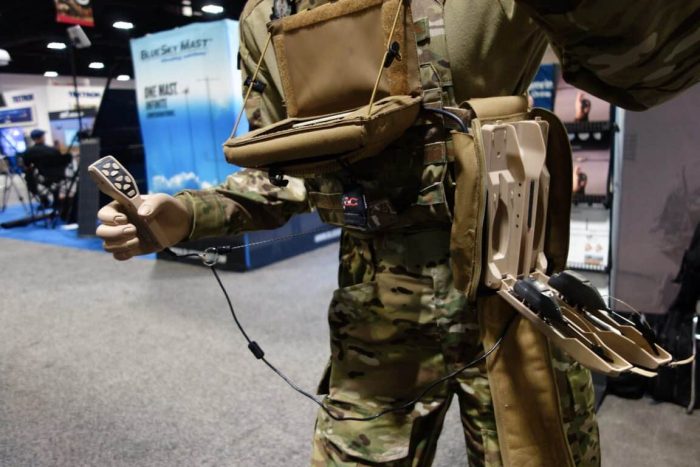
While many people continue to mull over the future of smartphones, tablets, and mobile market shares, Microsoft is setting its eyes on a more substantial targets. Beyond augmented reality, gaming, and office productivity, Microsoft is also attempting to tackle the world of cloud-computing and the technology’s position as the possible backdrop to military operations.
Recently, Microsoft developed a proof-of-concept that can track operational information regarding military brigade deployments. Specifically, with the use of Microsoft’s Azure cloud-computing platform, armed forces can view in detail sensory and data inputs to help manage real-time strategies. Using Microsoft’s portal tool, Commanders have access to features that include:
- View orders: The commander receives his orders to move his brigade to the training location from within the portal via his on-premises Outlook email.
- Assess operational readiness: Using the planning page of the portal, the commander can see a detailed status of his entire brigade, including every piece of equipment and the operational readiness of each individual unit, updated in real time.
- Plan the move: The commander can drill down into each mode of transport—air, road, rail, and sea—to see what transportation assets are moving, their estimated time of arrival, and the current status of each. He can also view a map that shows the real-time location and status of each asset, including how fast it’s moving, the distance from its destination, and a summary of the cargo load it’s carrying.
- Receive alerts: The commander can receive alerts notifying him of issues as they arise. As a weather system develops, for example, the commander receives an alert via Microsoft Azure Machine Learning informing him that his cargo is being delivered slower than expected due to rough seas.
- Locate personnel as needed: The commander can use the Person Search tool to locate specific members of his brigade and see what tasks they’ve been assigned. In this scenario, he contacts the relevant personnel to discuss the worsening weather situation. He then notifies relevant personnel in his chain of command who inform him of a nearby location where the sea-based cargo can be transferred to aircraft and flown to the destination.
- Supervise the move in real time: The commander checks to see the impact of this change on his budget, and then issues the command to ship the critical cargo by aircraft. Through the final days of the operation, he automatically generates and sends daily status reports to his chain of command. He also monitors the dashboard, watching as the transports arrive at their destination and the deployment operation is completed.
- Evaluate the success of the operation: Once the operation is over, the commander can view a report summarizing high-level information about the deployment mission. Using Microsoft Power BI, he can also compare the deployment with similar ones in the past to discover trends that might help him increase his future efficiency.
- Monitor the budget: The commander can also evaluate his deployment from a financial perspective, comparing what was budgeted to the actual cost. In addition, he can obtain information about what types of operations and transportation methods typically go over budget and why, so he can plan better for the future.
According to A.T. Ball, the managing director of Public Safety and National Security in Asia, the Microsoft tool is a great blend of raw data and real-time asset management that utilizes the growing industry of IoT.
This a great way to show how we (Microsoft) can solve problems that operational commanders face every day by capitalizing on the Internet of Things (IoT). Each asset is either equipped with connected sensors and devices or have had their status updated through the chain of command to give the Commander and overall view of the brigade. Microsoft Azure is able to collect, sort, store and present the data on the dashboard to give the Commander a powerful decision-making tool.”
With technology evolving at such a rapid clip, so too does warfare and confrontations. As the world embarks on the path to a world ripe with IoT (for better or worse), it appears that domestic and national institutes of protection are following suit. Perhaps with the right level of granular control that defense organizations could have at their fingertips, they will operate more effectively and efficiently, mitigating seemingly unnecessary casualties or confrontations altogether.



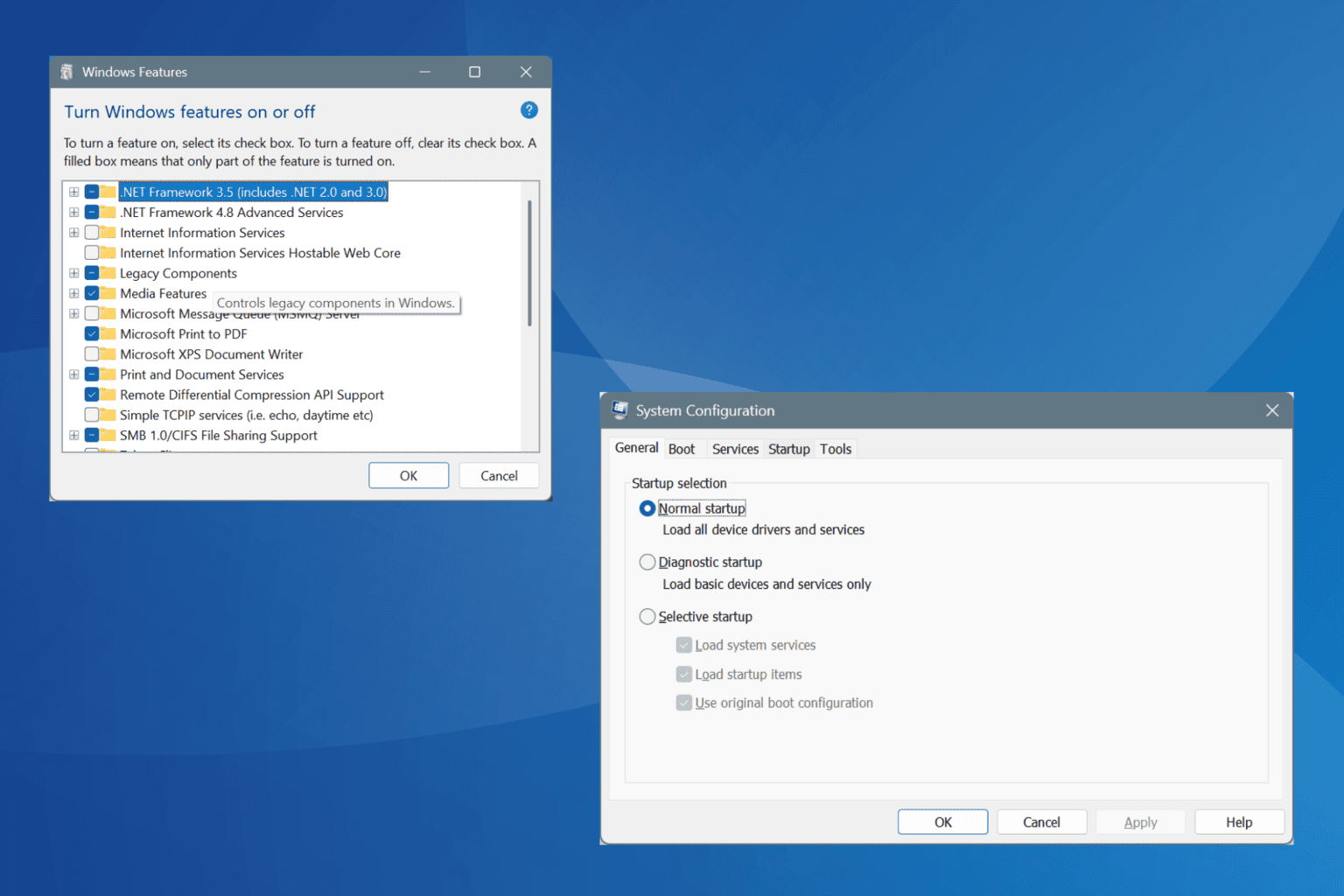
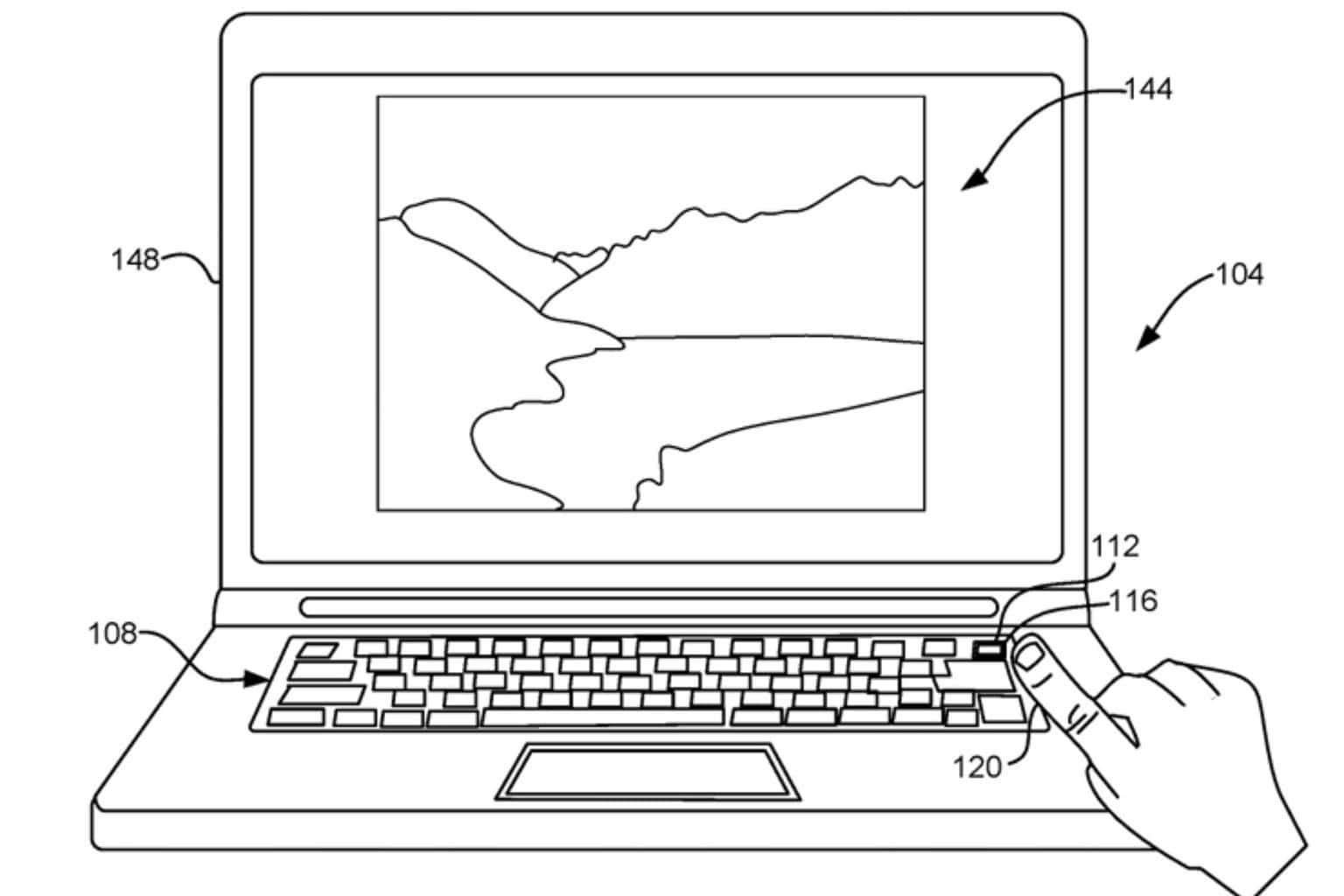
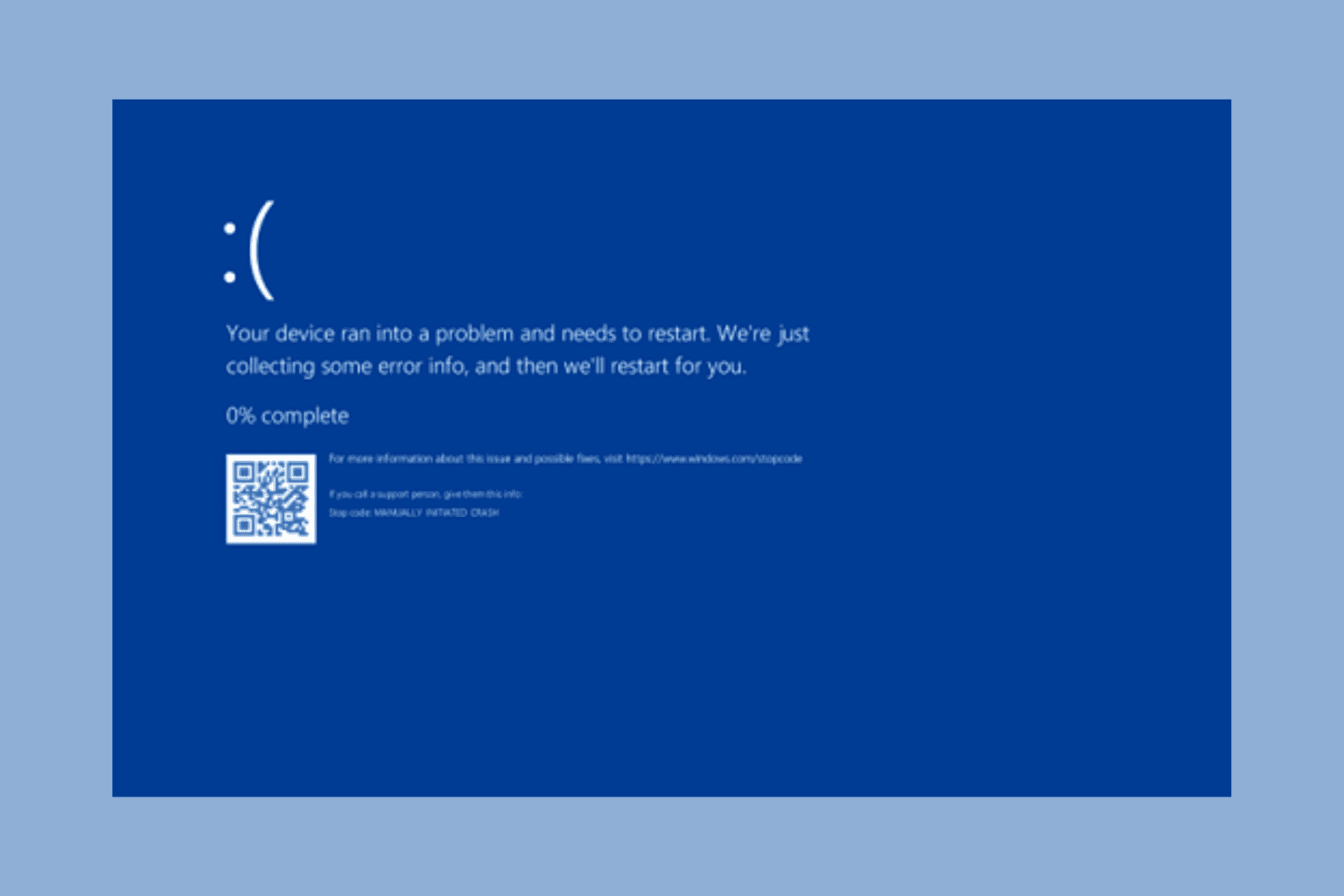
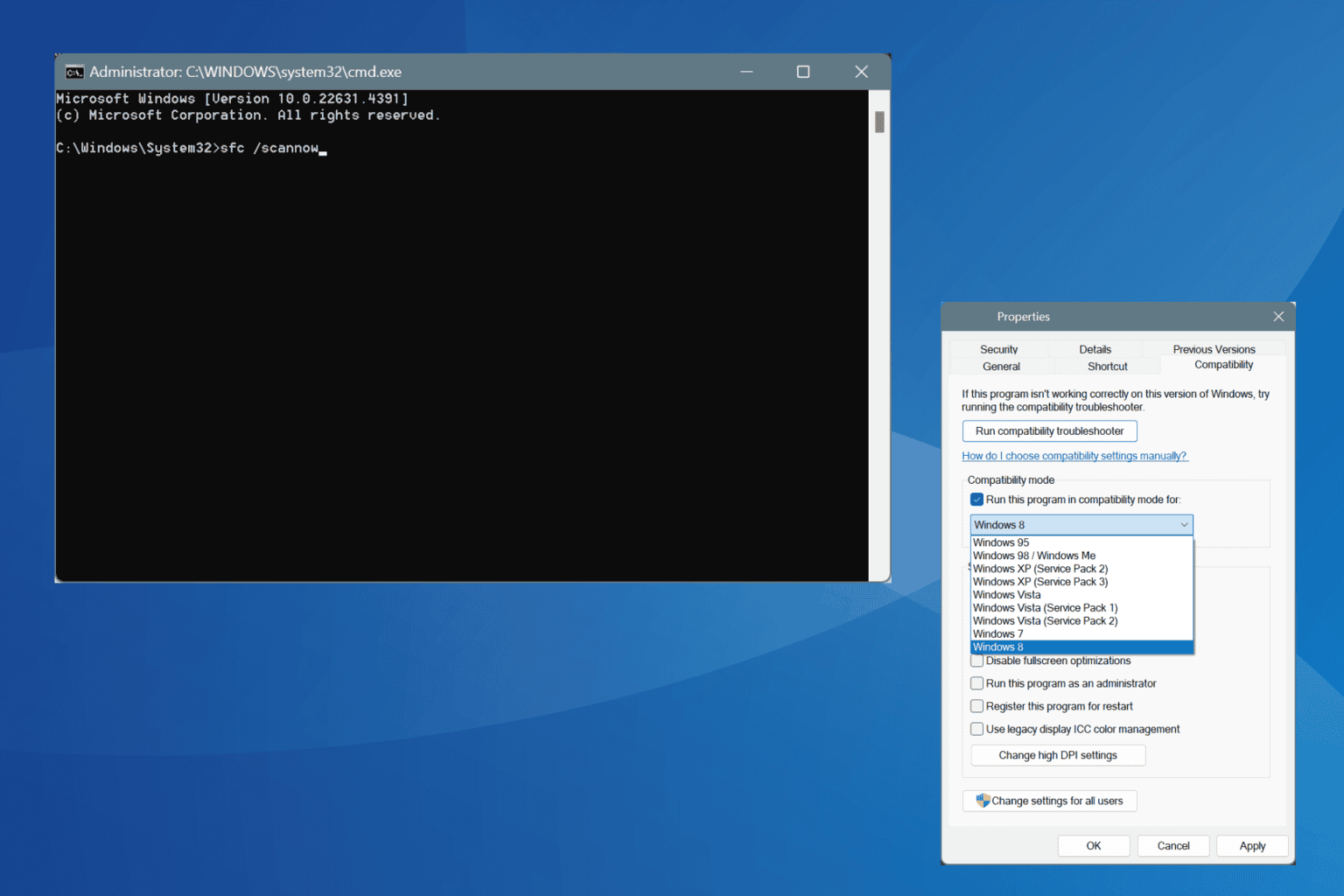


User forum
0 messages